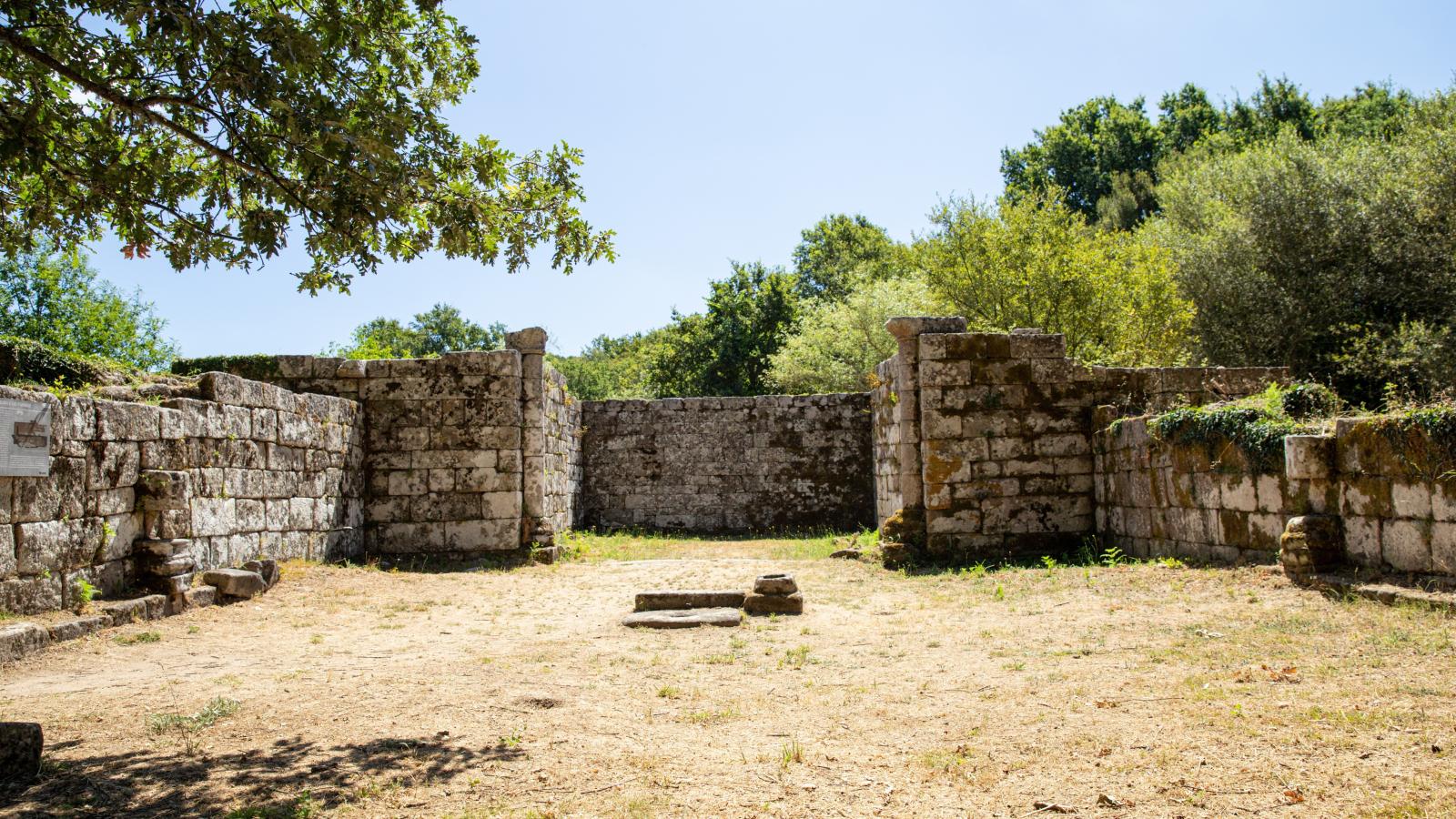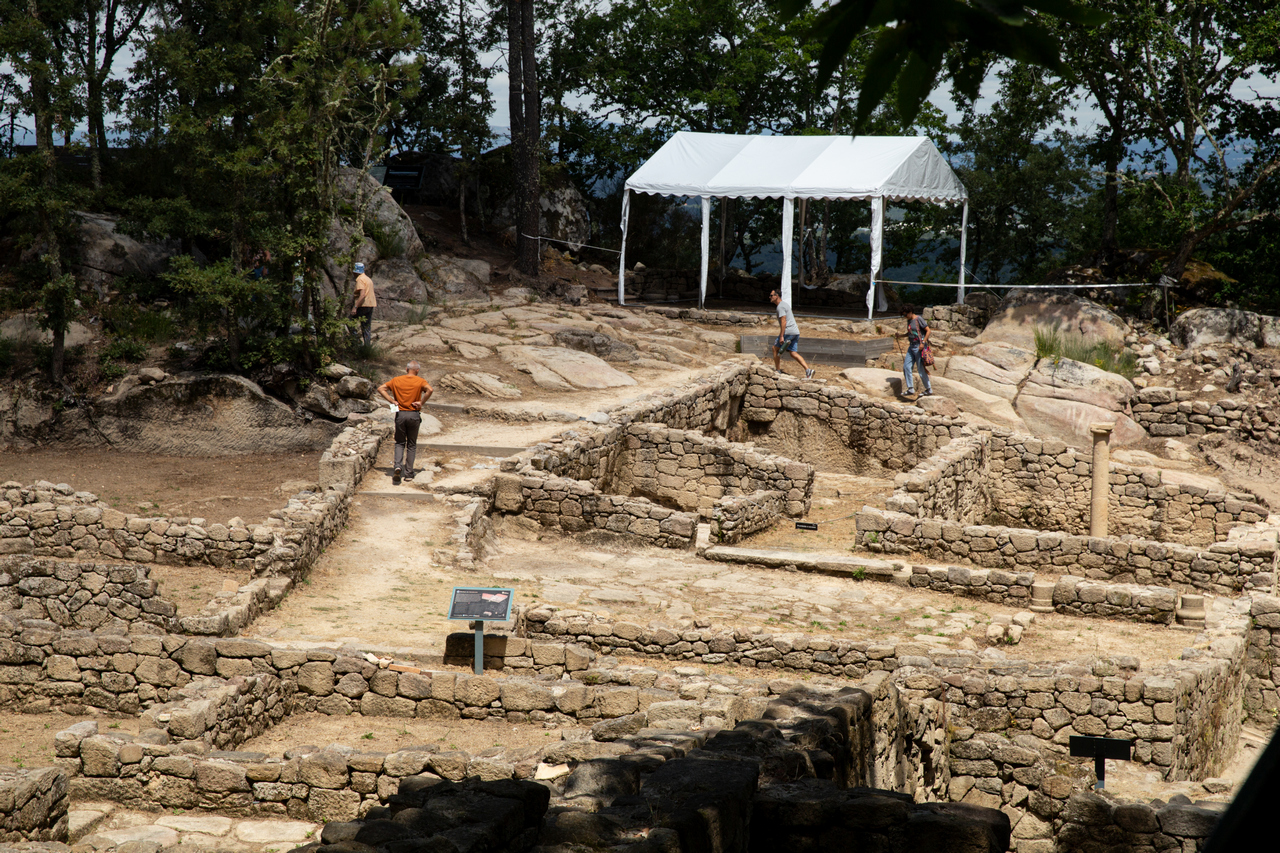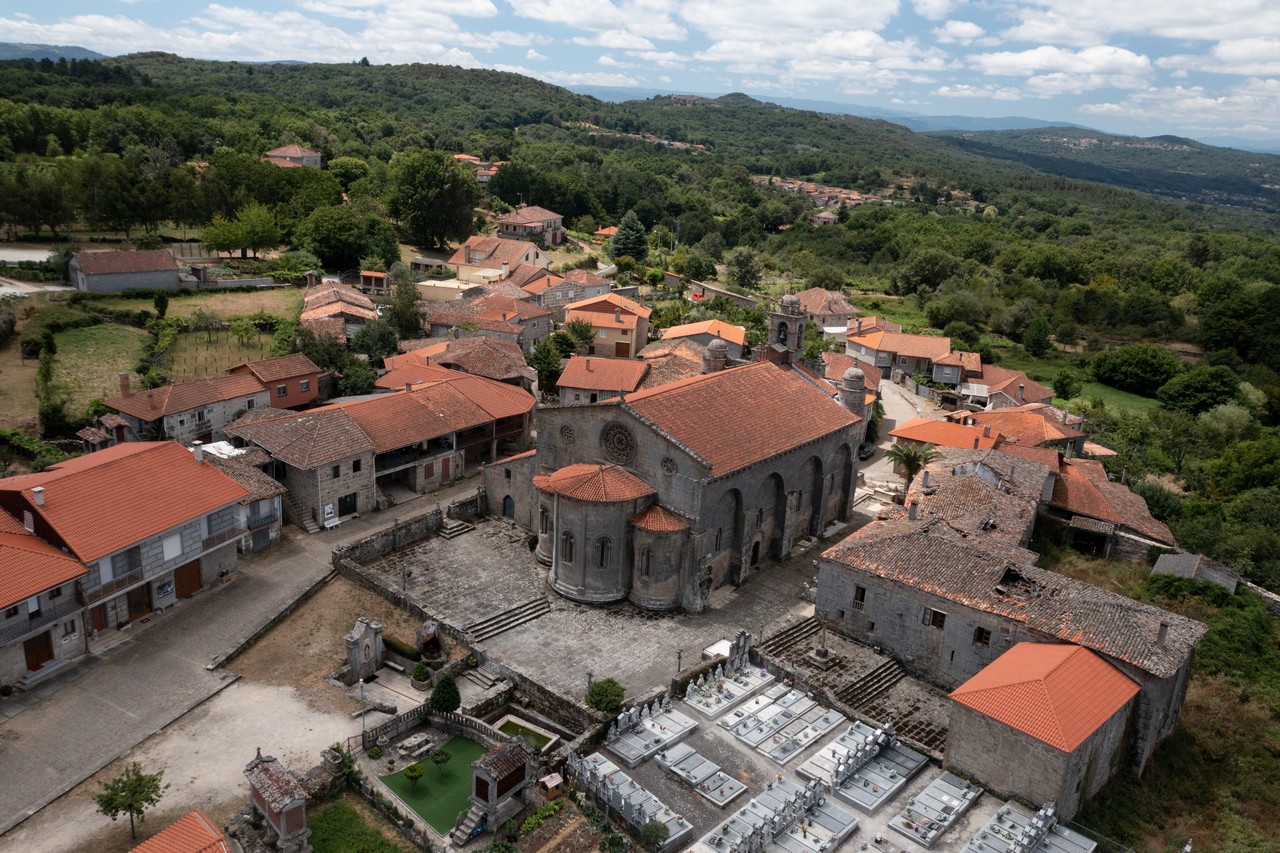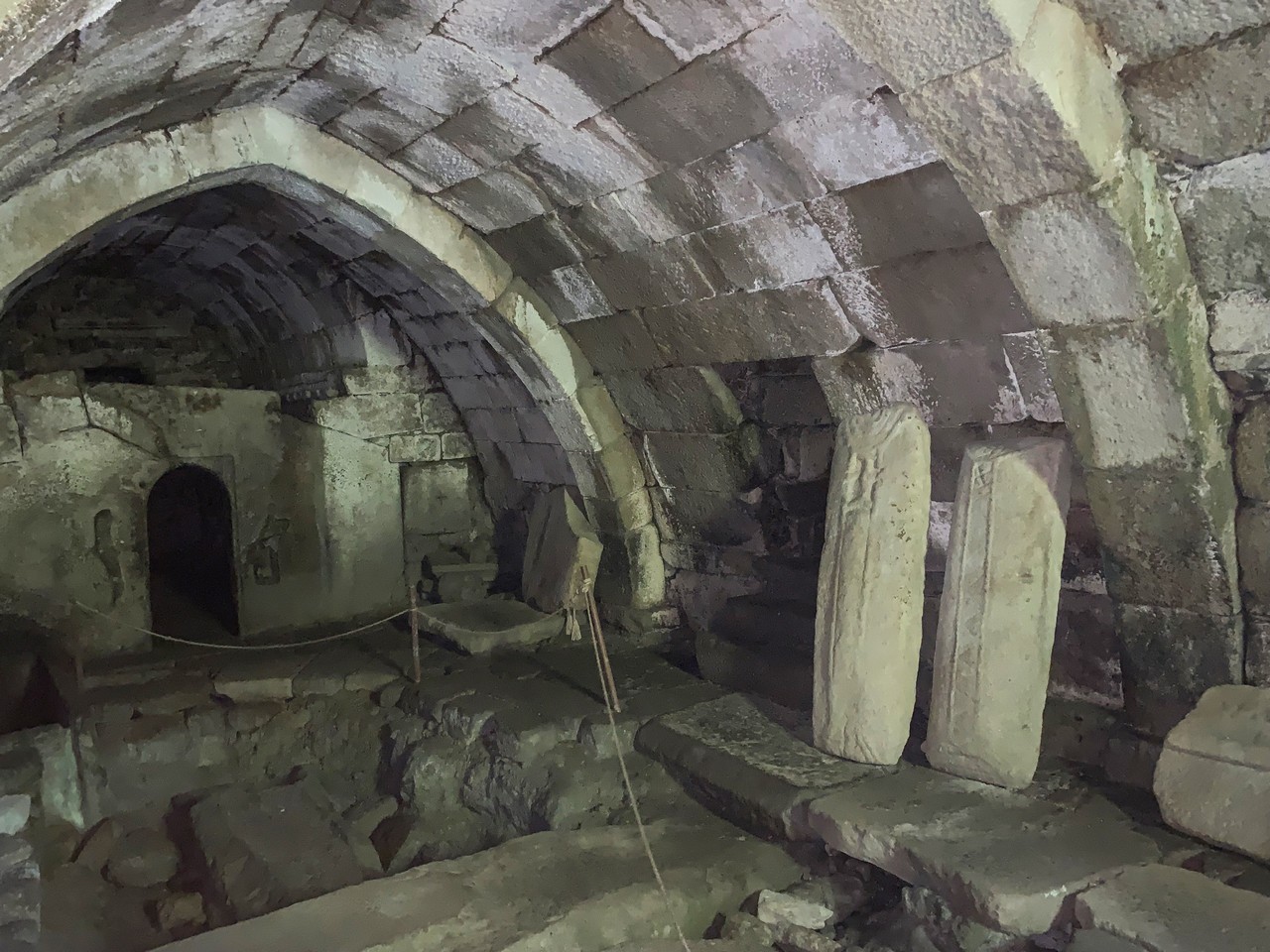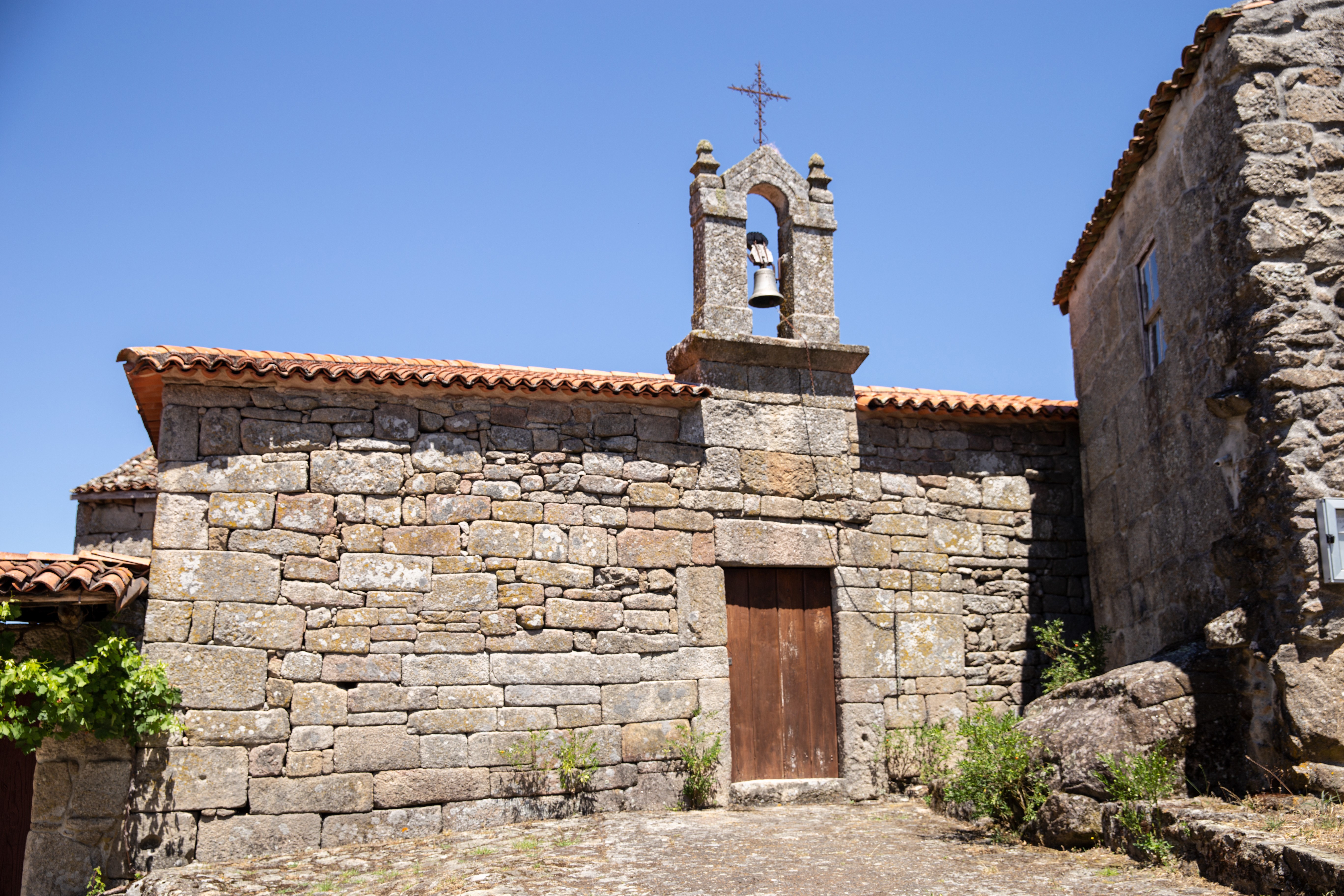The municipalities that make up this geodestination are: Allariz, Baños de Molgas, Maceda, Paderne de Allariz, San Cibrao das Viñas, Taboadela, Vilar de Barrio, Vilar de Santos and Xunqueira de Ambía.
Allariz, whose origins date back to the 6th century, was awarded with the European Urban and Regional Planning Award for the recovery of the historic quarter and the river. In the Middle Ages it was a royal residence where a young Alfonso X The Wise studied. No wonder the beauty of the surroundings inspired some of his ¨Cantigas¨, medieval monophonic songs, characteristic of the region.
Heritage
The geodestination has among other attractions the Way of St. James, here called the Vía de la Plata or Mozarabic Way. A double route (it comes forked from A Gudiña) that allows you to get to know small villages with plenty of history such as Xunqueira de Ambía and its coleggiate church. The route crosses through Allariz and, shortly after, through an enclave called Armeá– tiny but with an important history – next to Santa Mariña de Augas Santas and its large, unfinished church. The fortified pre-Roman Iron village of Armeá (where stone warriors that can be admired in the Museo Arqueolóxico de Ourense were found) and this church/basilica were declared a Historic/Artistic Complex. Worth a visit is the Os Fornos da Santa crypt; the Saint was about to be burned to death, but was pulled to safety by divine intervention.
Two heavyweights lead this geodestination: the towns of Ourense and Allariz, each with many attention-getting monuments. The capital of the province is well known both for its association with the River Miño as with the Roman world. In the capital, several bridges cross over the River Miño, and a modern promenade runs along the shore. The well-known Burgas hot springs – a refurbished space on the edge of the Old Town, where the Cathedral dominates – are very representative of the hot springs capital of Galicia. The late Romanesque church was built beginning in the 12th century, was declared a basilica in 1837 and a National Monument in 1931. It's important not to forget to visit the Museo Arqueolóxico.
Allariz was fortunate to retain its main centre virtually intact, with its streets and buildings made of granite. Its exemplary refurbishment was awarded the Europa Nostra Award, and today the village is a model of sustainable Galician tourism. Its museums make up a small network that – along with strengthening the 'con encanto' (charming) hospitality industry and the affection with which the banks of the river are treated – attracts thousands of visitors. Upon leaving the Old Town, it is time to take a look at the Romanesque bridge of Vilanova.
Among local monuments, noteworthy are the Baños de Molgas, the pre- Romanesque Chapel of Santa Eufemia de Ambía and the shrine of Os Milagres on Monte Medo. Notable examples of popular architecture we can discover include the complex of granaries in A Merca and the houses of the gentry in Sobrado do Bispo (Barbadás).
Natural areas
The municipality of Allariz belongs to and gives its name to the Biosphere Reserve Área de Allariz it is a human and natural mosaic made with centuries of patience and hard work, in which Vilar de Santos is also integrated.
Within the Natura 2000 Network, the municipalities of Maceda and Vilar de Barrio are part of the natural space of the Bidueiral de Montederramo.
In the Ecoespacio do Rexo an artistic intervention modified a natural space giving it a new value.
The Centro BTT Allariz-Vilar de Santos in its seven routes allows us, in the middle of very varied landscapes, to find archaeological and ethnographic elements of first level and an extraordinary wealth that goes from the castros culture to the Middle Ages.
Festivals and gastronomy
In Allariz, with centuries of history behind it, since it dates back to 1317, they celebrate the Festa do Boi,, which takes place in the streets of the town on the dates of Corpus Christi. The Carnival, a traditional event in the province of Ourense, has the Entroido dos Felos in Maceda a festival that interest many tourists.
